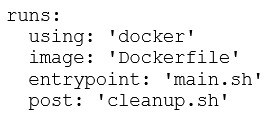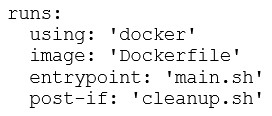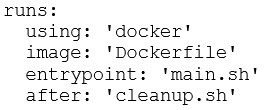- 72 Actual Exam Questions
- Compatible with all Devices
- Printable Format
- No Download Limits
- 90 Days Free Updates

| Vendor: | GitHub |
|---|---|
| Exam Code: | GitHub-Actions |
| Exam Name: | GitHub Actions Certificate Exam |
| Exam Questions: | 72 |
| Last Updated: | November 30, 2025 |
| Related Certifications: | |
| Exam Tags: | Intermediate Level DevOps engineersSoftware Engineers |

- 24/7 customer support
- Unlimited Downloads
- 90 Days Free Updates
- 10,000+ Satisfied Customers
- 100% Refund Policy
- Instantly Available for Download after Purchase



